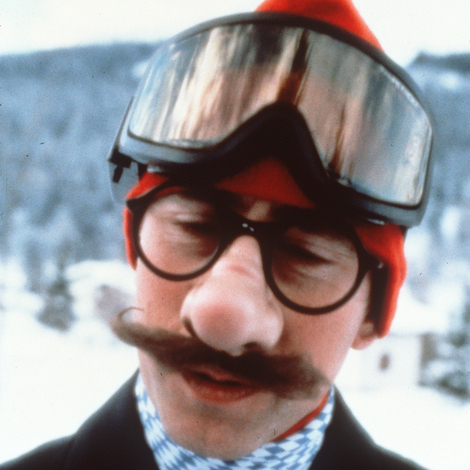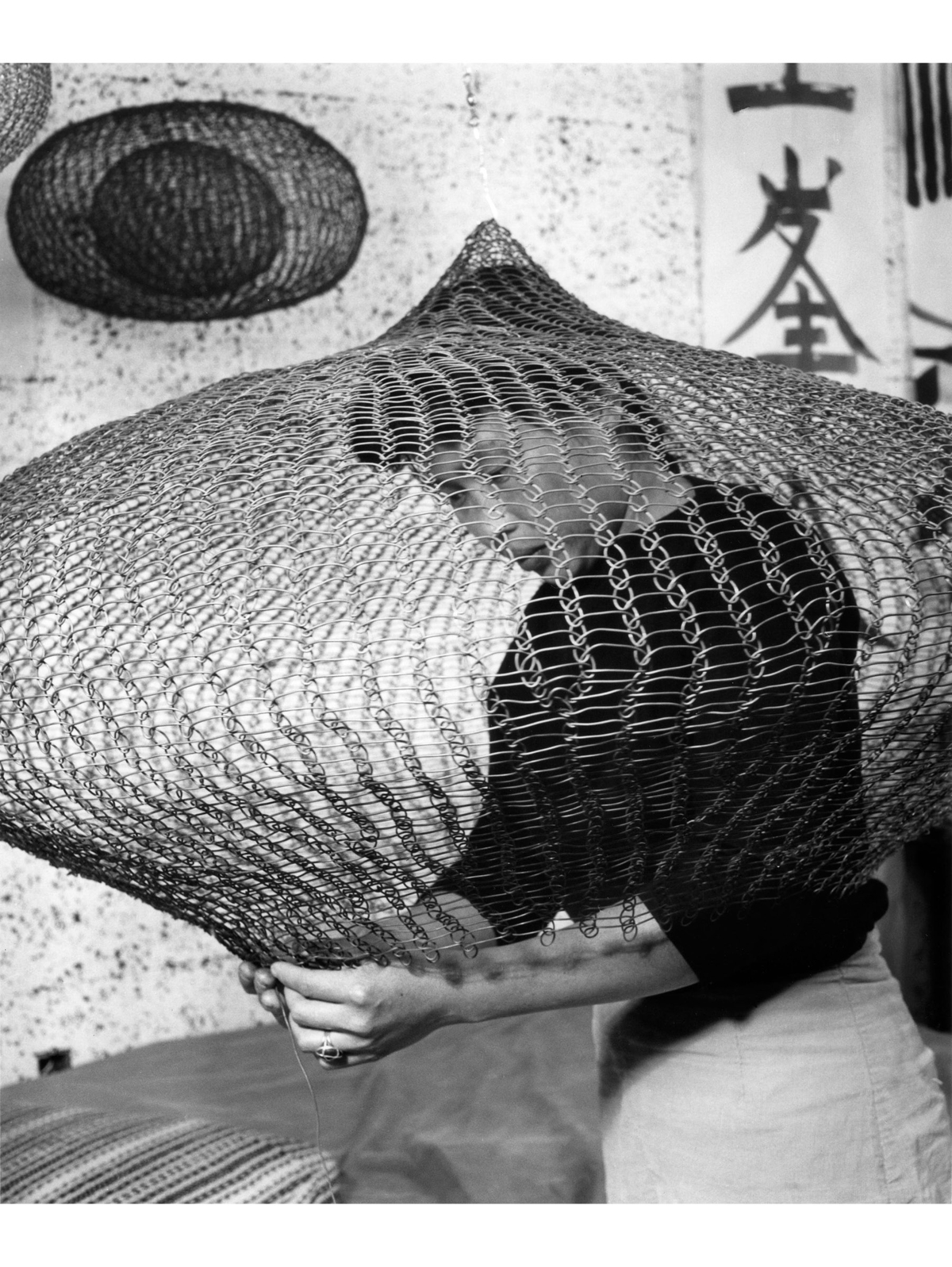“She had survived the Great Depression and World War II, slighted for her gender and interned for her race,” writes Marilyn Chase in the prologue of Everything She Touched: The Life of Ruth Asawa (2020). “She had toiled in the fields, the studio, and the classroom, elevating work to a form of Zen practice, her hands never still.”
Ruth Asawa’s talent was always recognized by other artists, but in 2006, a retrospective of her work at the Fine Arts Museums of San Francisco finally caught the attention of the wider world. And in May 2013, two months before she died, at 87, market recognition came: her 11-foot sculpture—Untitled, circa 1970—sold at Christie’s for more than $1.4 million.
Asawa’s hanging wire sculptures can be seen as sinuous cages holding the aesthetic zephyrs of mid-20th-century art. Curved, bulbed, and collared like protozoa, onions, anemones, even the glass beakers in labs, they nod to abstraction and op art. Their Eastern feeling of restraint suggests minimalism. And they are craft-y, employing wire-weaving techniques that Asawa learned from villagers during college trips to Mexico. “Wire can play,” she realized.
Asawa was born on a farm in Norwalk, California, in 1926; her parents grew strawberries, beans, and tomatoes. During W.W. II, she was sent with her family to a Japanese-internment camp, where she spent time drawing with Japanese artists from the Disney studio, also interned. Asawa planned to be a teacher, but postwar prejudice against the Japanese made that impossible. Instead, she went to Black Mountain College, in North Carolina, and studied under Josef Albers, Merce Cunningham, and Buckminster Fuller.
At Black Mountain, Asawa began looping wire into flexible mesh shapes—volumes that seemed to grow organically. She made forms within forms and, Chase writes, “turned surfaces around like a Möbius strip.” In fact, describing her floating sculptures, Asawa spoke of “a shape that was inside and outside at the same time.”
Coinciding with a retrospective at the San Francisco Museum of Modern Art, Everything She Touched is now out in paperback with a foreword by Jonathan Laib. As the director of David Zwirner gallery, Laib has helped establish Asawa’s place alongside contemporaries Louise Bourgeois and Philip Guston. Her art, the critic Robert Storr wrote in 2018, is “a topological poem to the universal capacity for metamorphosis.” —Laura Jacobs
“Ruth Asawa: Retrospective” will be up at the San Francisco Museum of Modern Art from April 5 to September 2
Laura Jacobs is the Editor of the Arts Intel Report at AIR MAIL











